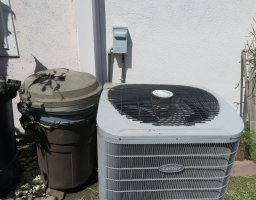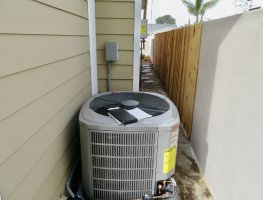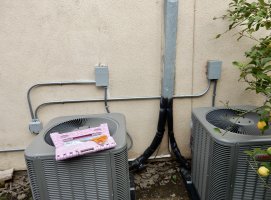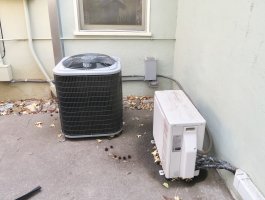A minor update.
I took this to our IAEI chapter meeting last night and was surprised that another inspector brought it for the same reason. If any of you don't know, the IAEI is not just inspectors but has a lot of electricians as members, actually more electricians than inspectors, so it represents both sides. Not one person agreed with the interpretation and was bewildered on how something that is so black and white could have been presented as having a gray area and misinterpreted. At first I thought we would have conflicting opinions from the electricians, but not at all. Oh for those that don't know IAIE is the International Association of Electrical Inspectors.
I am not surprised that members of the IAEI meeting agree with you. There are a great many electricians and building officials/inspectors that agree with you. I know quite a few myself. I also know many that do not agree with you and they are no slouch.
I have lost a great deal of respect for the electrical industry as a whole. I see energized residential service panels left with the door open and the dead front removed waiting for an inspector to arrive. The work is often so wrong that I lose track of the violations.
I respect you Jeff and I count on a balanced, informed, fair opinion.
With this issue I would have no problem siding with you even If I disagree. That's me willing to admit that I can be wrong. Requiring working space is a step towards greater safety so it's easy to concede.
Back at it.
Do you apply 110.26 to other disconnects or is it just condensers? For example, a furnace in a closet?...how about an electric water heater?
What is special about an AC condenser? I think that because many condenser disconnects are fused and they require working space, it has become common practice to require working space always. I understand the reluctance to reach over equipment to reach a disconnect. I use a non-contact voltage tester on anything metal before I touch it. The best approach is to assume that everything metal is trying to kill you and yet I never trip a breaker before opening a disconnect and removing the dead front.
This is from the BOAF informal interpretation:
The Building Officials Association of Florida, in cooperation with the Florida Building Commission, the
Florida Department of Community Affairs, ICC, and industry and professional experts offer this
interpretation of the Florida Building Code in the interest of consistency in their application statewide. This
interpretation is informal, non-binding and subject to acceptance and approval by the local building official.
It is noteworthy that four reputable organizations have come to an interpretation that conflicts with the vocal members of one IAEI chapter meeting. Also noteworthy is that you nor anyone else must pay heed to that interpretation. Do as you will and don't look back.
Food for thought: Section 440.14 has an informational note to see 110.26. Obviously there is something in 110.26 that can have a bearing on the condenser disconnect. However, that something is not ironclad because were it so there would not be just an informational note...no not at all. If 110.26 applied to every disconnect the body of 440.14 would include the requirement to adhere to 110.26.




